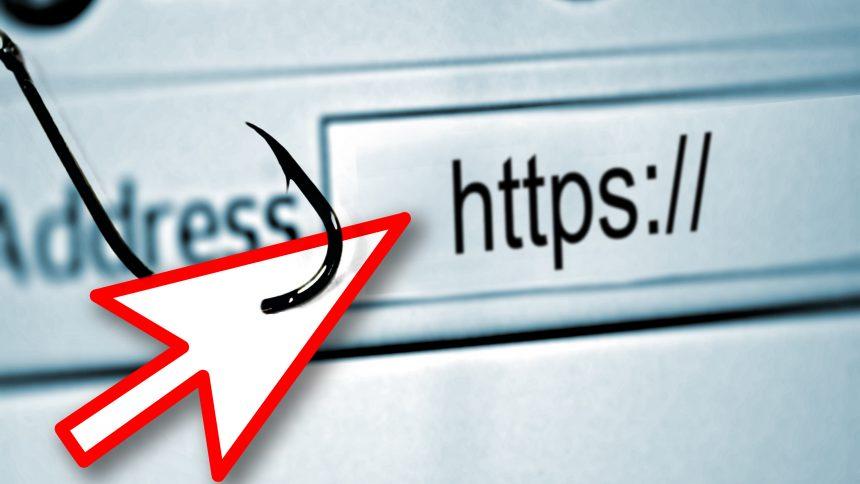DefaultService virus serves as a stark reminder of the importance of vigilance and proactive measures against malware attacks. This insidious threat can compromise the security and privacy of your Mac, leading to potentially dire consequences if left unchecked.
Understanding DefaultService Virus: Actions and Consequences
The DefaultService virus, categorized as Mac malware, operates by infiltrating macOS systems through deceptive means such as fake software updates or malicious email attachments. Once installed, it integrates itself into the system, often masquerading as a legitimate service or application, hence its name.
The consequences of the DefaultService virus can be severe. It may initiate various malicious activities, including but not limited to:
- Data Theft: DefaultService may harvest sensitive information such as login credentials, financial data, and personal files, putting users at risk of identity theft and financial loss.
- System Instability: The malware can cause system instability and slowdowns by consuming system resources and interfering with critical processes.
- Privacy Breach: DefaultService may grant unauthorized access to cybercriminals, compromising the user’s privacy and exposing them to further exploitation.
- Propagation: Like many malware strains, DefaultService has the potential to spread to other devices within the same network, amplifying the scope of the infection.
Detection and Similar Threats
Various security solutions may identify the DefaultService virus under different names, including but not limited to:
- OSX/DefaultService
- Mac.Generic.DefaultService
- OSX.Trojan.DefaultService
Similar threats targeting macOS users include adware, spyware, and other forms of malware disguised as legitimate software or services. Examples include Genieo, MacKeeper, and Advanced Mac Cleaner.
DefaultService Virus Removal Guide
If you suspect your Mac is infected with the DefaultService virus, follow these comprehensive removal steps to eliminate the threat and restore your system’s security:
- Disconnect from the Internet: Severing the connection prevents the malware from communicating with its command-and-control server and spreading further.
- Enter Safe Mode: Restart your Mac and hold down the Shift key until the Apple logo appears. This boots the system into Safe Mode, where only essential processes are active.
- Identify Malicious Processes: Open the Activity Monitor (Applications > Utilities > Activity Monitor) and look for suspicious processes consuming high CPU or memory resources. Terminate any such processes associated with the DefaultService virus.
- Delete Malicious Files: Navigate to the following directories and delete any files associated with the DefaultService virus:
- /Library/LaunchAgents
- /Library/Application Support
- /Library/LaunchDaemons
- /Library/LaunchAgents
- ~/Library/LaunchAgents
- ~/Library/Application Support
- Remove Browser Extensions: If the DefaultService virus has affected your web browsers, remove any unfamiliar or suspicious extensions or plugins.
- Reset Web Browsers: Resetting your browsers to their default settings can help remove any lingering traces of the malware.
- Scan with Built-in Security Software: Run a thorough scan using macOS’s built-in security features such as XProtect and MRT to detect and quarantine any remaining threats.
- Update macOS and Applications: Ensure your operating system and installed applications are up to date to patch any security vulnerabilities exploited by the malware.
- Change Passwords: As a precautionary measure, change passwords for your online accounts, especially those accessed from the infected device.
- Monitor for Suspicious Activity: Regularly monitor your Mac for any unusual behavior or signs of reinfection, and report any suspicious findings to your cybersecurity provider.
Preventing Future Infections
To mitigate the risk of falling victim to malware attacks like DefaultService in the future, adhere to these best practices:
- Exercise Caution Online: Be wary of unsolicited emails, suspicious links, and pop-up advertisements, as they may be vectors for malware distribution.
- Keep Software Updated: Regularly update your operating system, applications, and security software to patch known vulnerabilities and bolster defenses against emerging threats.
- Use Trusted Sources: Download software and updates only from reputable sources such as official websites or the Apple App Store to minimize the risk of downloading malicious files.
- Enable Firewall and Security Features: Activate macOS’s built-in firewall and security features such as Gatekeeper to block unauthorized access and prevent the execution of malicious code.
- Educate Yourself: Stay informed about the latest cybersecurity threats and trends, and educate yourself on safe computing practices to enhance your defenses against malware attacks.
By staying vigilant and implementing robust security measures, Mac users can effectively safeguard their devices against threats like DefaultService and enjoy a safer and more secure computing experience.





